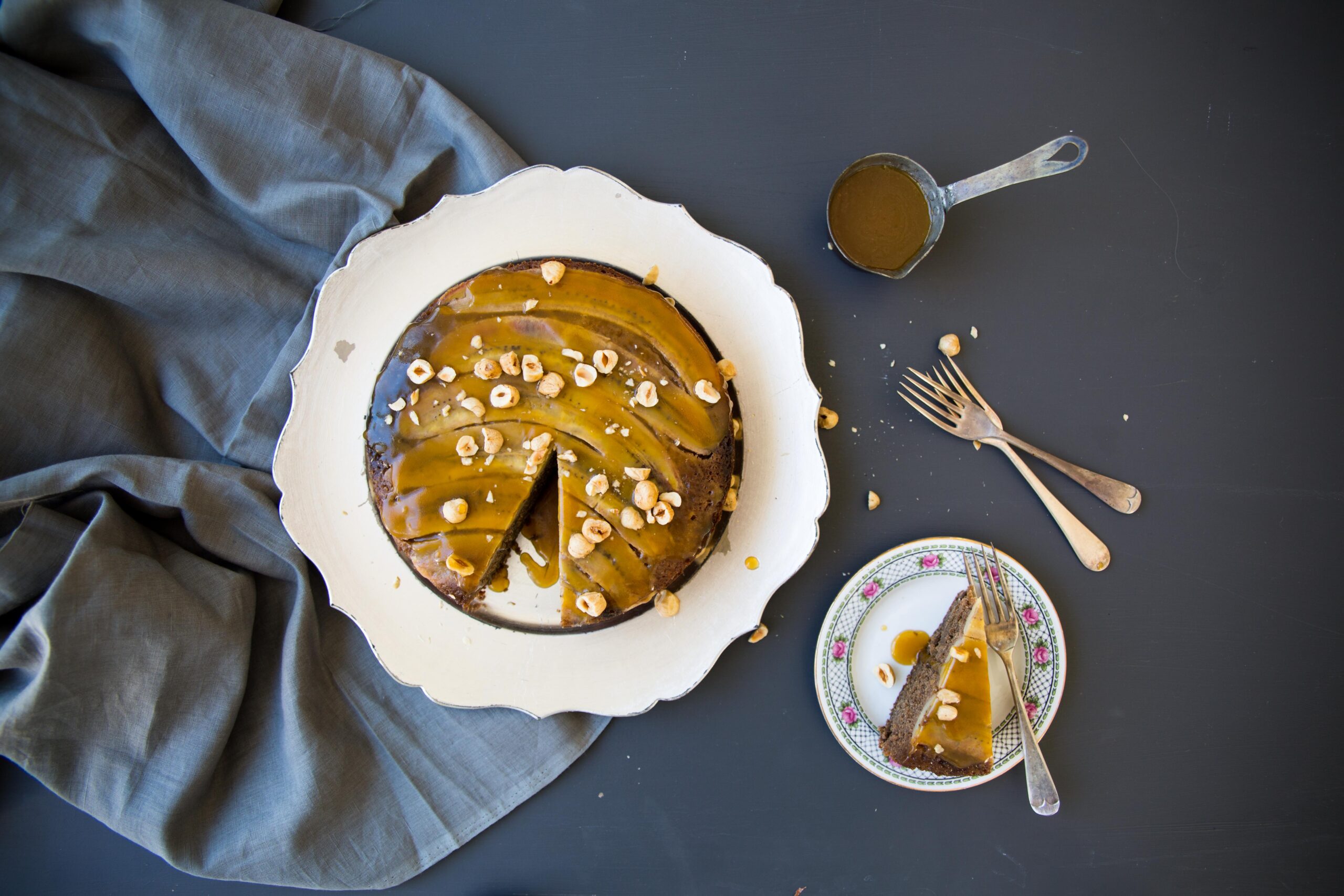Meditation is back, but it’s no longer all about incense or sitting cross-legged for hours. Mindfulness is the technique that enables you to turn up for life as it happens and – as the research suggests – bestows a myriad of health benefits along the way.

Lindsay Collins, 32, was doing it tough. Her father had recently died, her marriage had ended, and her workload as a physiotherapist was turning her into a broken woman. She was caught in a cycle of frustration and anxiety that would typically culminate in a tornado of emotion, leaving her wrecked and exhausted.
One day a colleague gave a seminar at work on a practice called mindfulness, a technique with roots in ancient Eastern mysticism but branching out with fresh ideas based in modern medical science. Collins is far from being an incense-burning hippy type, but the idea of mindfulness resonated, and she signed up to an eight-week course.
She soon found herself on the path – if not to enlightenment – to sharper concentration, greater empathy, better self-esteem, a healthier diet, and generally less anxiety and depression on a daily basis.
Mindfulness is a form of meditation that focuses on breathing and banishing unnecessary chatter in the mind, but it is also about being aware of your environment and your feelings.
It is described by Professor Jon Kabat-Zinn, founder of the University of Massachusetts Medical School’s Center for Mindfulness in Medicine, Health Care, and Society, as “paying attention in a particular way: on purpose, in the present moment, and non-judgmentally”.
In other words, listening to thoughts and then letting them go – particularly the negative thoughts, but also anything you’re ruminating on that prevents you from living life in the moment.
First popping up in psychotherapy in the 1960s, the study and practice of mindfulness now spans both religion and science. At the time of writing, a search for “mindfulness training” on the global biomedical literature database PubMed came up with 27,640 scientific studies.
And it’s a technique used across the whole wellness spectrum – from intensive cognitive therapy, evening courses (there are currently five running in Auckland alone, according to www.mentalhealth.org.nz), through to busy people simply choosing to take a couple of minutes each day out of the rat race.
“Mindfulness is really just awareness, to be as aware as possible – it’s doing some sort of mindfulness technique quite regularly,” says AUT University senior lecturer Mark Thorpe, who is supervising PhD projects on mindfulness. He suggests either meditating formally, or simply being aware while you walk of your footfalls and your surroundings for a couple of minutes a day – in essence, being in the moment and alive to your senses.
You may not have time to study mindfulness in a formal setting, but you might choose to adjust your habits in everyday life to make a difference.

Everyday mindfulness
Four keys aspects of mindfulness are stopping, calming, resting and noticing.
- Try sitting quietly in a busy place and watch the interactions between people.
- Take 10 mindful breaths in and out, calming the body and mind, then rest and notice everything that is going on around you.
- Use an everyday environmental cue (such as the phone ringing, or an email alert) as a reminder to pause and breathe for three cycles of 10 breaths each, and take notice of things around you.
- Take the time to say a special thank-you to people who support you every day
- Give a smile and warm greeting to people in the street and your colleagues.
- For more ideas, see the ‘Take Notice’ section of the ‘5 Ways to Wellbeing’ tab at www.mentalhealth.org.nz
Results
And it seems to deliver. For instance, one 2007 study out of China found cortisol levels (or the “stress hormone”, as it is sometimes called) of a group of people who had meditated mindfully, for only five days at 20 minutes a day, would drop off much faster after stress than before they’d taken up the practice. They also felt less anxiety, depression and anger than another group who simply received relaxation training.
The practice of mindfulness also encourages a surprising array of other positive effects, including lowered anxiety, improved concentration and learning ability, heightened compassion, a boosted immune system, more resilience to traumatic life events, better sleeping patterns, lowered chronic pain, increased self-awareness and recognition of negative thoughts patterns, increased sense of happiness, a greater chance of kicking addictions, and improvements with problems such as heart disease and hypertension.
Mindfulness can even act as a relationship-booster – studies at the University of North Carolina showed couples practising mindfulness reported more closeness, acceptance of one another, autonomy and relationship satisfaction.
In another study, parents who practised mindfulness experienced more satisfaction with their parenting, more social interactions with the kids and less parenting stress.
If you’re vulnerable to the odd bout of depression, mindfulness could also help keep those demons at bay. In a study published in the Journal of Consulting and Clinical Psychology in 2000, the rate of relapse into depression was only 37 percent in people who had attended an eight-week mindfulness-based cognitive therapy (MBCT) programme, compared to 66 percent in people who hadn’t attended the programme.
One thing that makes mindfulness so useful is its effectiveness as a tool for raising self-awareness. “[People with depressive tendencies] find that even in the best of times, they get depressed again,” says Thorpe. “A certain sensation or feeling triggers the past thoughts and they spiral downwards – so it’s a training in awareness”.
Mindfulness therapy helps those at risk to recognise emotions and look at them rationally, he says. “Like that exhausted feeling – you’re only exhausted, you’re not necessarily spiralling into depression. So if you’re aware of it, observe the feeling and let it go. Don’t try and fight it.”
Greater mindfulness can even help people deal with addictions. A clinical trial in the US in 2011 took a large group of smokers and tracked them as they gave up cigarettes, half of them using a standard quitting programme and the other half using mindfulness training.

After four months, 31 percent of those in the mindfulness group were still abstaining, compared to only six percent in the standard treatment group.
“When you give up cigarettes, you get these awful cravings that last for six weeks, and nothing else matters,” says Thorpe. “But that’s not true, because if you monitor it, the cigarette craving probably only lasts for around five to eight seconds. But it’s so strong.”
In reality, the cravings only make you miserable for a couple of minutes or a day, says Thorpe, even though when it’s happening most of us think the feelings will last forever. If we use mindfulness to examine our feelings closely, we can go from feeling “close to death” if we don’t have a cigarette, to being just fine.
Putting it into practice
In essence, mindfulness is about actively noticing, and therefore participating in, what’s going on around you. And despite its simplicity, the practice seems to give life more meaning – leading to increased feelings of self-awareness, self-acceptance and ultimately a sense of calm in the face of life challenges.
It might incorporate yoga, meditation and personal reflection, bringing attention to moment-to-moment changes in the mind and body. But it can be as basic as your own day-to-day practice of concentrating – choosing to be present for that moment – as you complete simple daily tasks.
“Mindfulness is really just awareness,” says Grant Rix, a Tauranga-based mental health promoter who works with the New Zealand Mental Health Foundation. “It could be any practice where you have made the intention to be present for what you are doing.”
Even being aware of brushing your teeth or concentrating on your physical movements and environment while you walk are all small things that can help.
As Rix explains, the mind and the body are inextricably linked – this is reflected in the body-centred language we often use to describe emotion, such as where we talk about anxiety as ‘knots in the stomach’, ‘dizzying’ situations, or ‘heart-in-the-mouth’ moments.
“The body and the mind aren’t separate and when they harmonise [using mindfulness], what happens in the body is going to have an effect in the mind as well,” says Rix. It’s a practice worth persevering with – or as Rix puts it, making it “become a part of who you are”.
Harvard research has showm the regions in the brain used for attention, body-awareness and sensory processing were thicker in long-term meditators than in non-meditators. The differences were the most pronounced when it came to the elderly participants – suggesting mindfulness meditation can even delay brain thinning which is common in old age.

“Everyone in society is striving for peace of mind, life satisfaction,” says Rix. “It’s why we go to work; we want this and that. We tend to follow an ‘if – then’ model of happiness: ‘If I find this job, or if I get married, then I’ll be happy’, or whatever we’ve got going on. With mindfulness practice, you have these moments where you realise that peace of mind you’ve been looking for has been here all the time. And is completely attainable.”
After completing her course, Collins now uses mindfulness to think about her response to stressful situations, rather than reacting with her previously destructive patterns of behaviour. “Workmates commented on how noticeably calmer I was after the course. It was incredibly stressful at work at that time, and I think if I didn’t have those coping strategies I wouldn’t have coped at all,” she says.
Mindful meals
Slow the pace and make an occasion of meals so that your body knows that it’s taken food in. “You can only be fully aware of things when you’ve slowed the process down,” says Thorpe. Programmes to help people with eating disorders are also often based on these concepts, and the practices can help check emotional eating as well, he says. If you’re eating well, you may feel better about yourself and won’t need to eat every time you need a mood boost.
- Try to always sit down when you eat, don’t stand – and don’t eat and drink on the run.
- Take time to prepare food yourself rather than racing to get takeaways.
- Make family meals a time where you can be together without the television, mobile phones or other distracting devices.
- Be mindful of the first piece of food you eat in a meal, of the flavours and textures. “Cultivate a slowing and visual taking in of the food. Chew it regularly, try to be mindful of the sensation of the food, such as the crunch,” suggests Thorpe.







